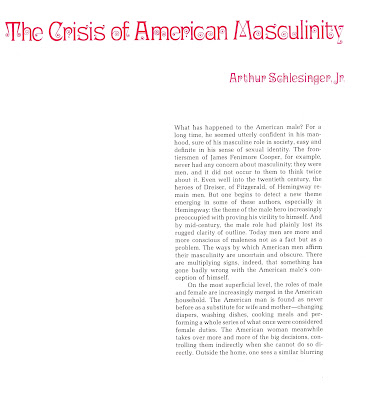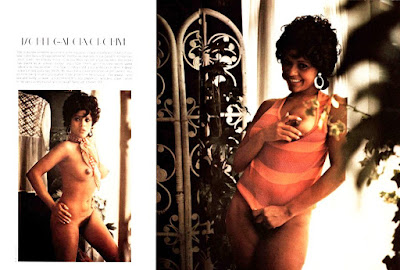Book Review: 'Here Abide Monsters' by Andre Norton
3 / 5 Stars
'Here Abide Monsters' first was published in 1973 in the UK. This DAW Books edition (205 pp.) was issued in October, 1974, and features cover art by Jack Gaughan. It is DAW Book number UE1686.
The novel is set in July, 1972. In the opening chapter we are introduced to protagonist Nick Shaw, a young man who is motorcycling out to a lakefront cottage for a weekend of relaxation. En route to his destination Nick stops in at Ham Hodge's country store, where he meets an attractive girl named Linda Durant, and her Pekinese, Lung. Linda is new to the lake area and Nick volunteers to guide her to her own cabin. However, it turns out Linda's place is accessible by the notorious Cut-Off road..........a road linked with past tales of people who vanish upon transiting it.
And indeed, while driving down the Cut-Off, Nick and Linda pass through a Warp, and find themselves stranded in a strange, alternate world called 'Avalon', where - at first glance - people and creatures from mythology wander bucolic landscapes.
It turns out someone, or something, in Avalon has a habit of teleporting people from 'our' world into Avalon, a form of kidnapping that has been going on throughout recorded history.
Thus, as Nick and Linda explore Avalon, they are astonished to find Chinese soldiers, medieval brigands, and a small group of World War Two-era Britons, loose in the forests and fields. The latter, led by the intense former game warden Sam Stroud, the avuncular vicar Adrian Hadlett, and the obdurate pilot Barry Crocker, are priggish, but willing to allow the two teens to join up with them for purposes of mutual safety.
As Nick and Linda accompany the Brits on their forays, they learn that time flows more slowly in the territories of the alt-world, as the Brits have not aged much at all despite being trapped in the alt-world for 30 years. The Brits do have unwelcome news for Nick and Linda: no one has ever found a portal from Avalon back to the 'real' world.
As the narrative progresses Nick begins to rely on his own intuition in coming to terms with the situation. The plot culminates in a desperate, last-ditch effort to find the way home, an effort that could well see everyone succumb to the malevolent forces sweeping the land........
'Here Abide Monsters' is not much different from those other novels from Norton that I have read, that are intended for a Young Adult (YA) readership. The novel starts off on an engaging note, with concise world-building and characterization. However, as narrative progresses the mystery surrounding what is happening in Avalon becomes more opaque, with revelations doled out to the patient reader in drips and drabs. The novel's denouement delivers some explanations, but sizeable plot holes remain, giving the book's conclusion a half-baked quality.
'Monsters' also suffers from its status as a YA novel, something common in almost all of Norton's works; there is no genuine suspense, as no one ever is killed (or even seriously injured). While there are some scares and tribulations in the novel, they lack impact due to the reader's knowledge that the characters always will win through.
Summing up, it may be that I am asking too much from another one of Norton's YA novels, but the bloodless nature of 'Here Abide Monsters' means that it's not going to be a gripping entertainment for the adult reader.



















































































